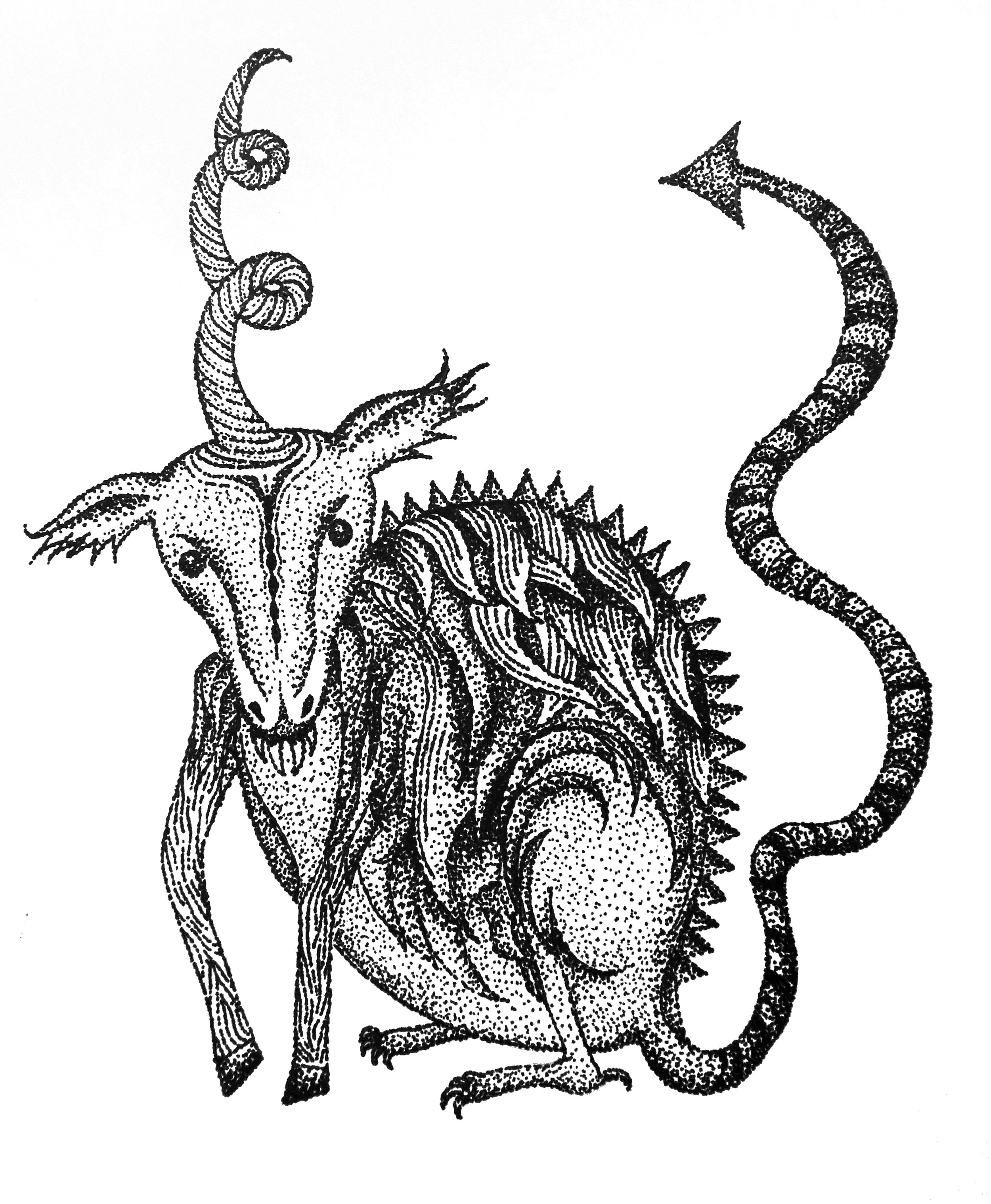If you've been following me for a while now, you probably know I have a Patreon! I started it way back in 2018, as I was gearing up with the Land of Szornyek series. My plan was to create monthly artwork I would share as postcards, posters, digital wallpapers, plus my patrons would get ebook copies of all my books included with their subscription, no matter what level they were at—Land of Szornyek, Rove City, Sagittan Chronicles, my original fairy tales, and soon, the Aria's Song trilogy + whatever I come up with next!
As you know, I released the last book in the Land of Szornyek series, Fog & Flame, a few weeks ago. It’s been a long time coming, and I’m proud of the series of books I produced. But Land of Szorynek is only one part of me and my author journey, and while I began this Patreon as a way to support this series, I’ve expanded significantly since then. As such, I’ve spent the last six months considering how I want to move forward with Patreon, and here is what I’ve finally decided.
Starting now, I will be providing digital goods only. My plan is to share art when I have it as well as free ebooks whenever I release a new book, and occasionally stories about myself or whatever else I might feel inspired to share. I don’t want to commit to a tight schedule either as I feel guilty when I’m unable to meet it. Instead, some months I will likely share a slew of new stuff, and other months, not as much.
This means that I will not be sending out any more posters or postcards after the final June one. The cost of printing and stamps has become prohibitive--the postcards now cost me 4x as much, and posters 5x!
I've also updated all the tiers to reflect the new direction I'm going:
· Friend ($1)
· Comrade ($2)
· Accomplice ($5)
· Familiar ($10)
· Warrior ($25)
· Champion ($50)
It's a pretty sweet deal if you read all my books—I publish between 5 - 10 per year typically, which is $12 total for Patreon subscribers versus roughly $20 - $40 if you pay full price. Plus, you'll get your name listed in the acknowledgements.
I'm so grateful for my Patreon supporters; they've been a huge part of my journey these last five years, and I'm excited to share what's coming down the road.






















